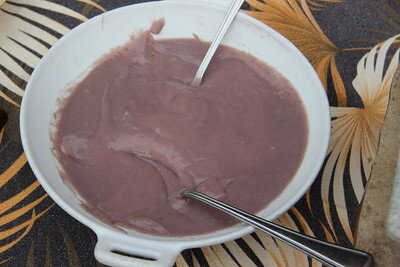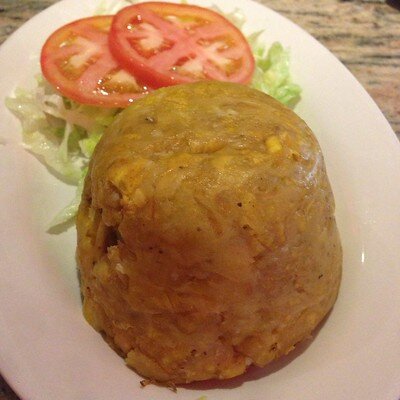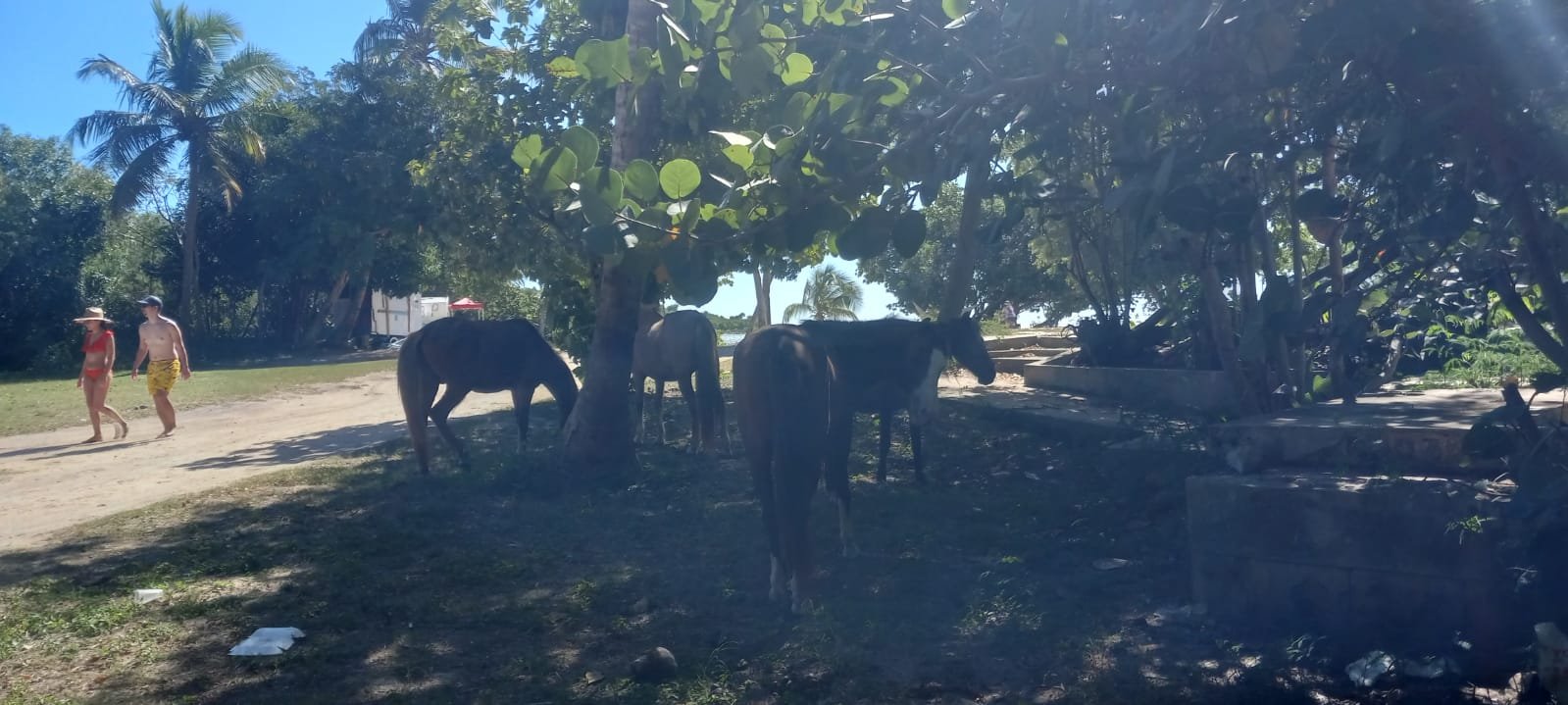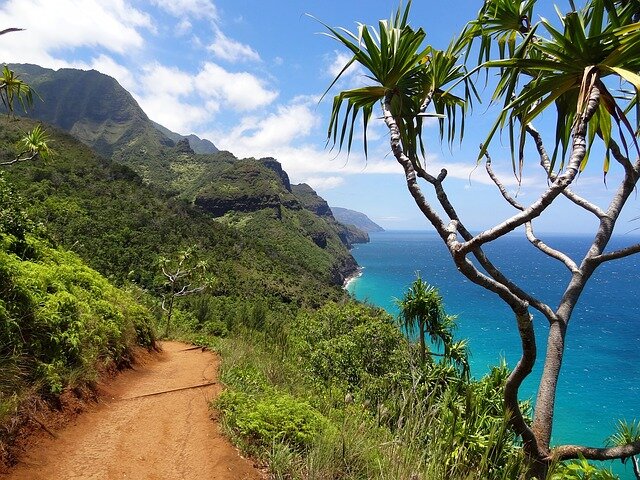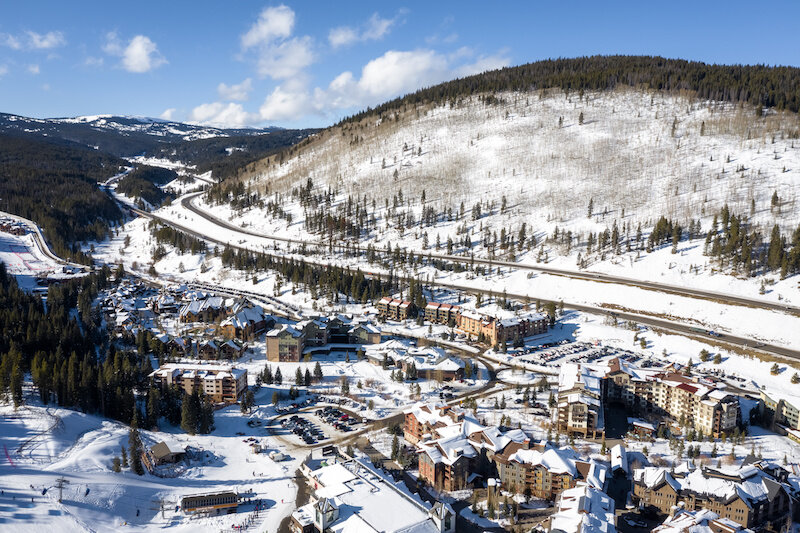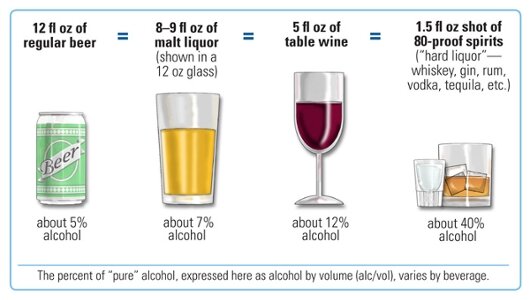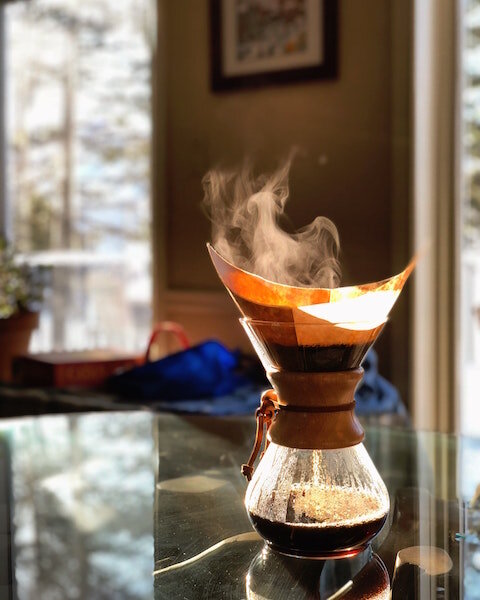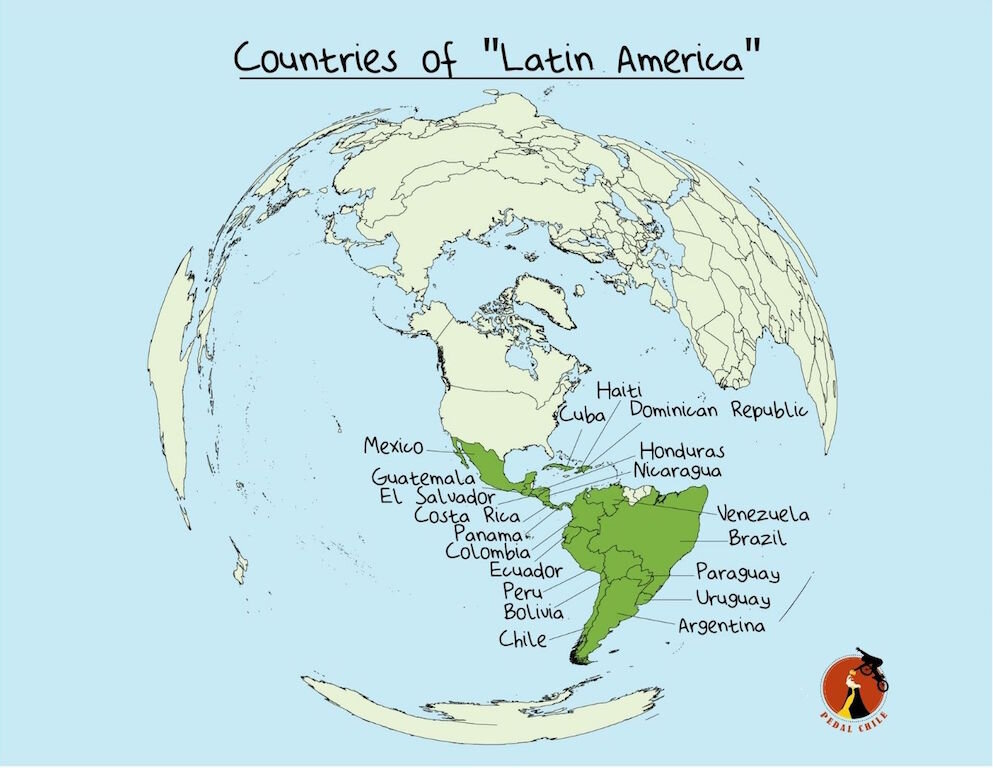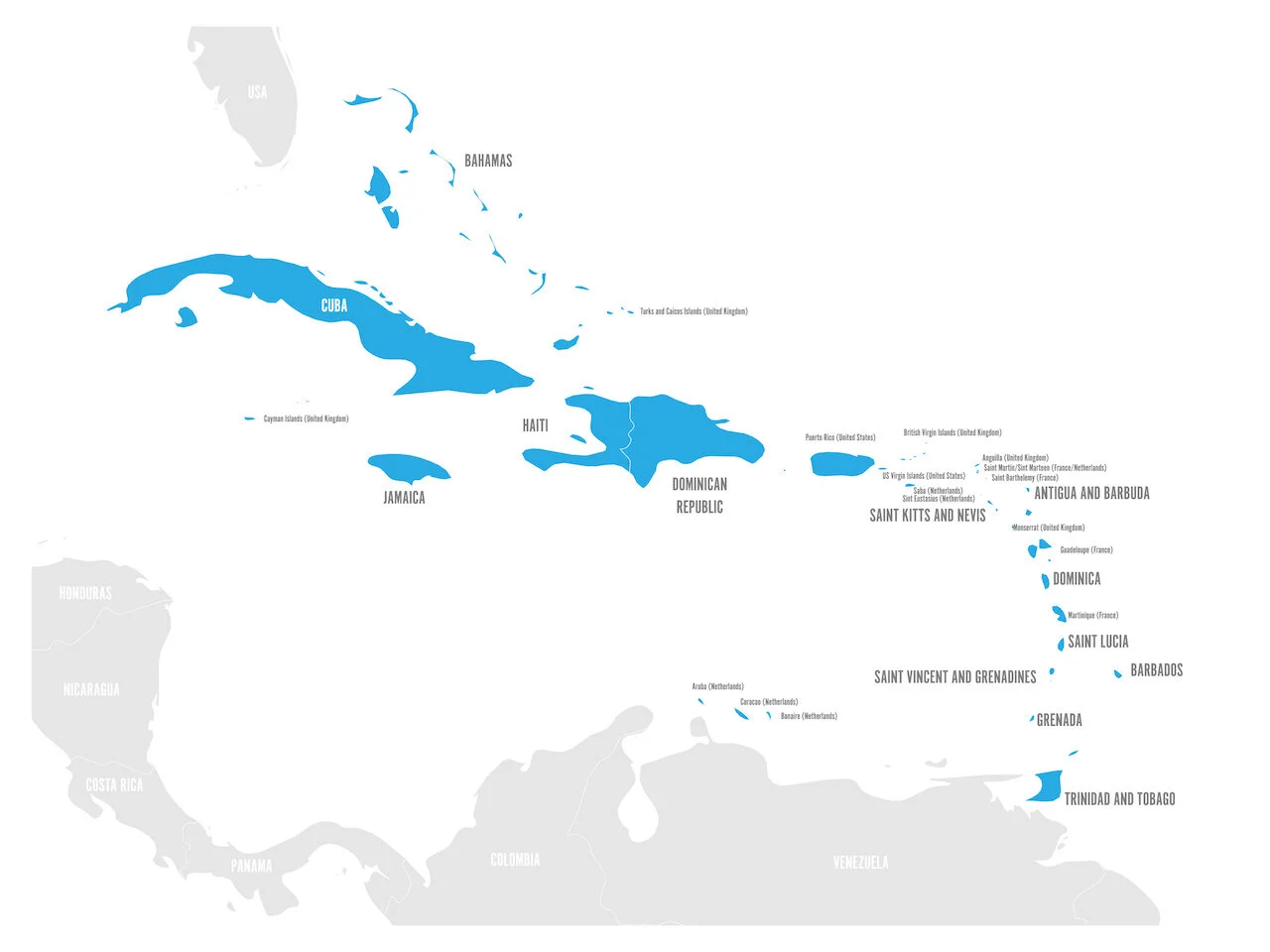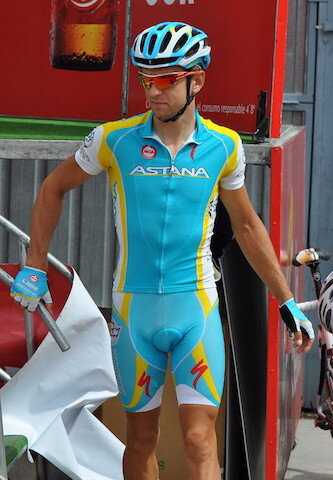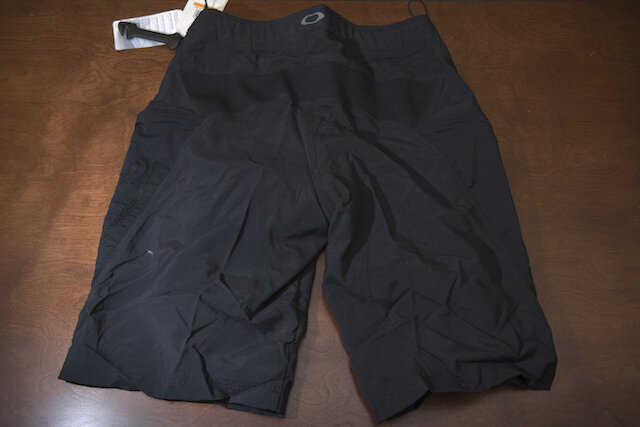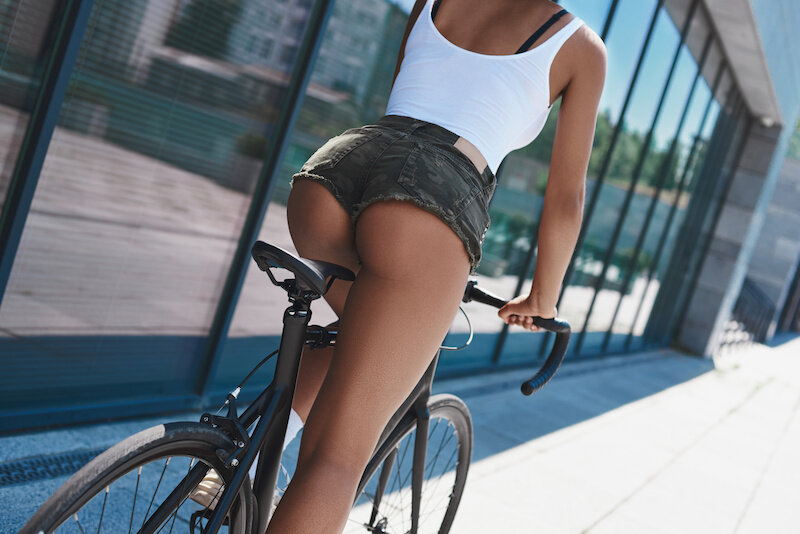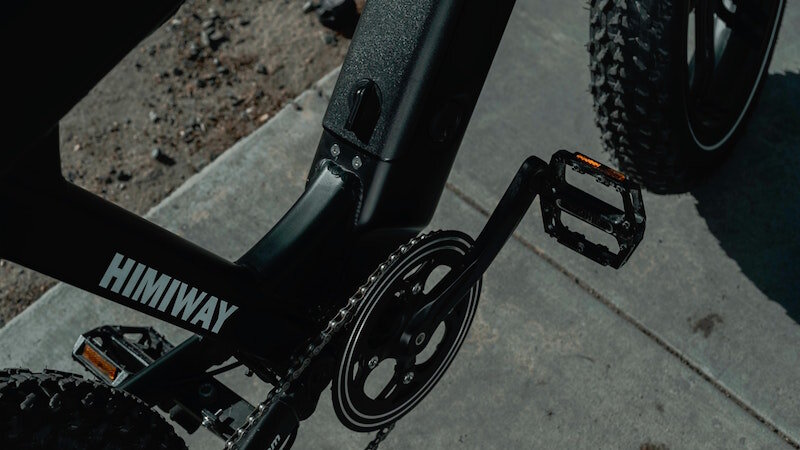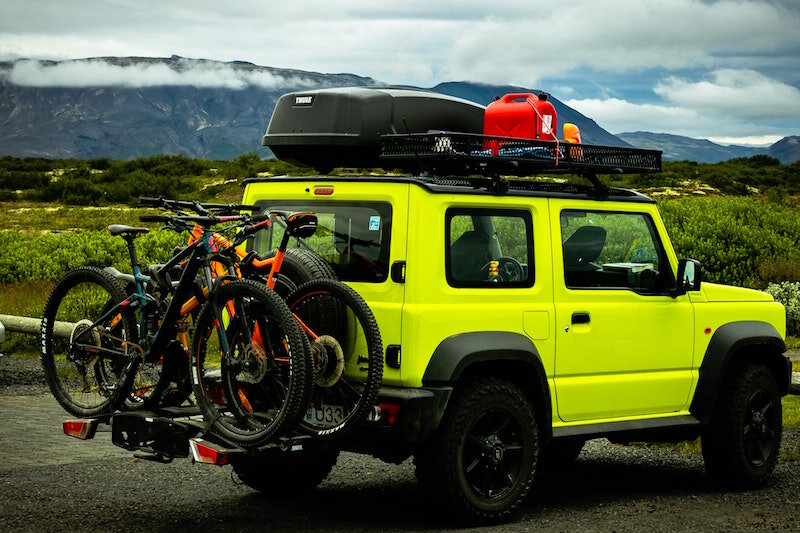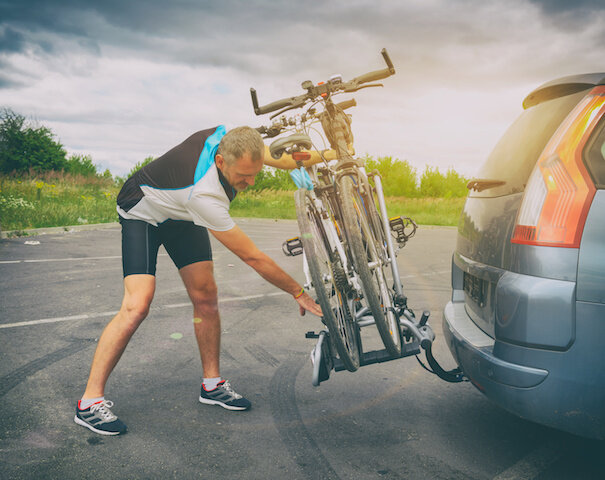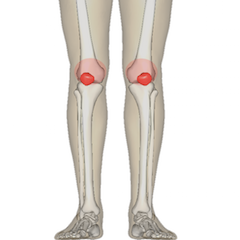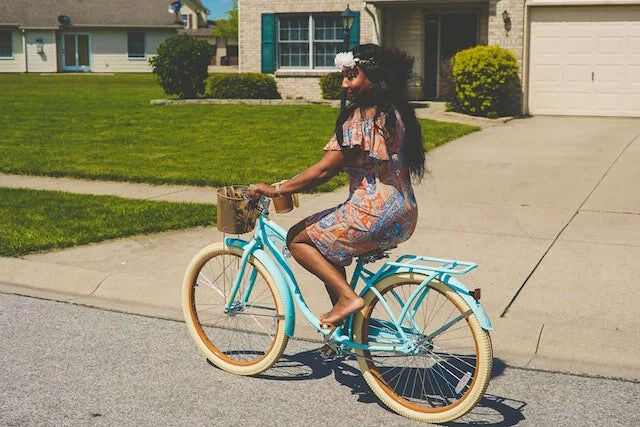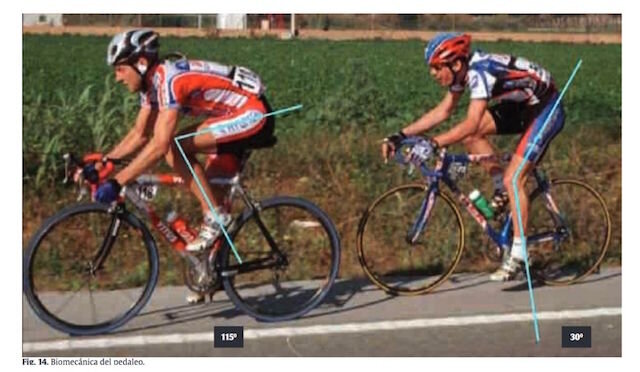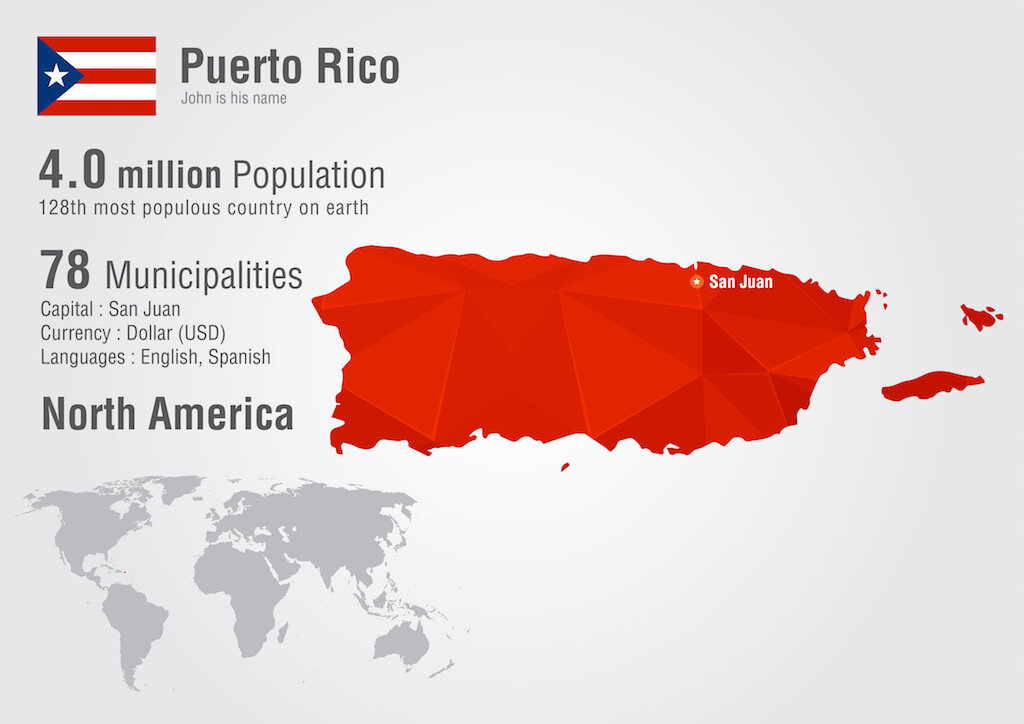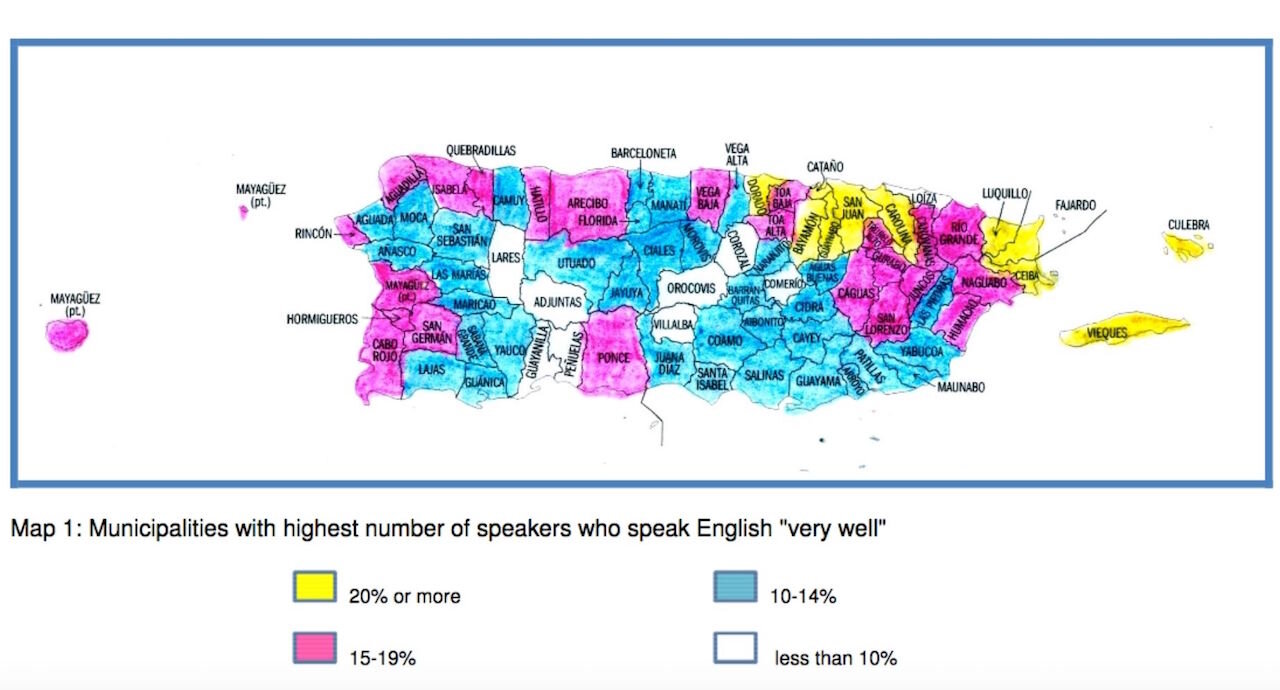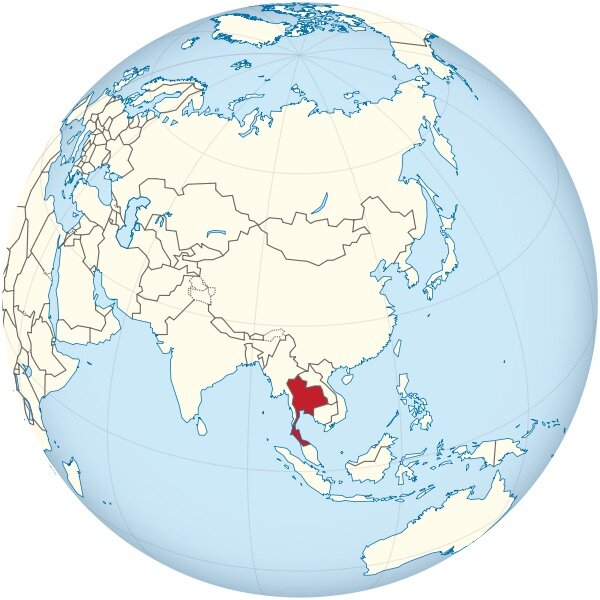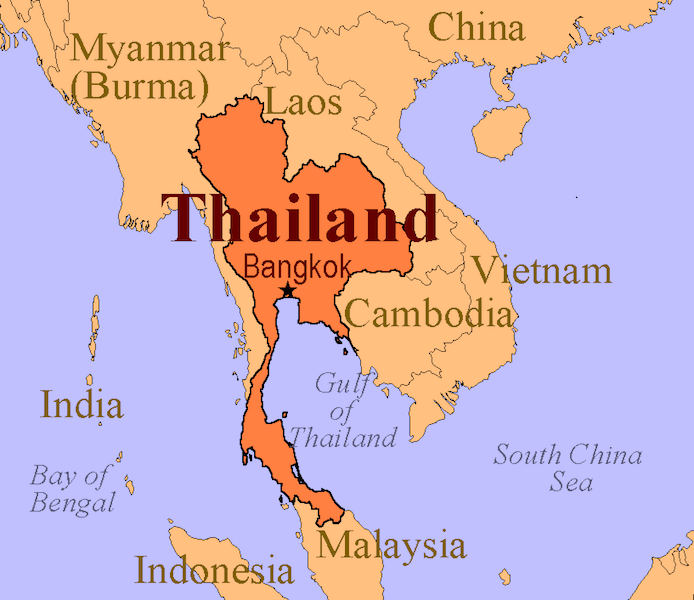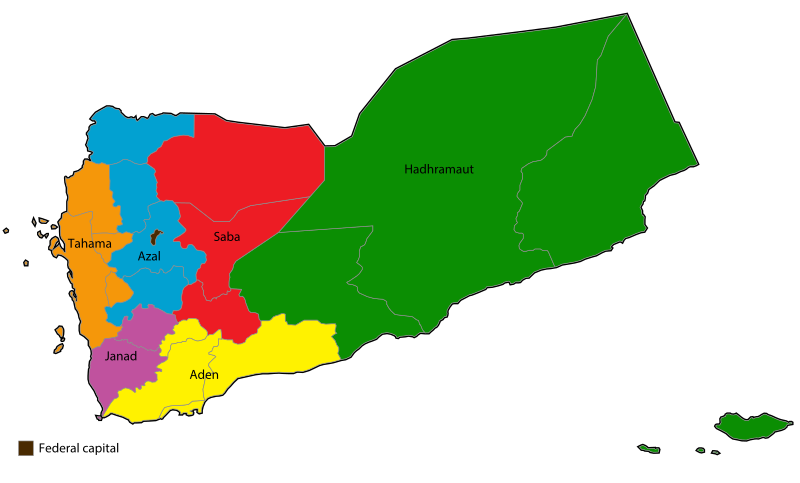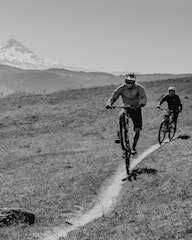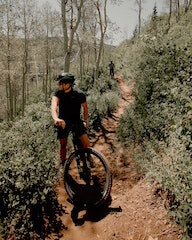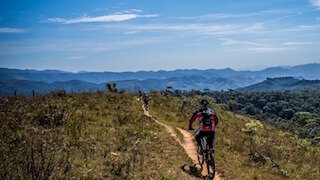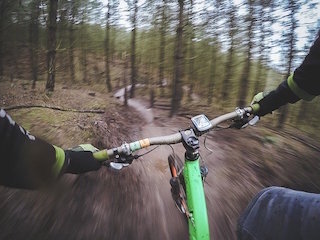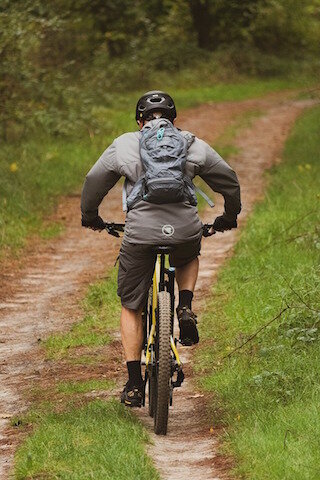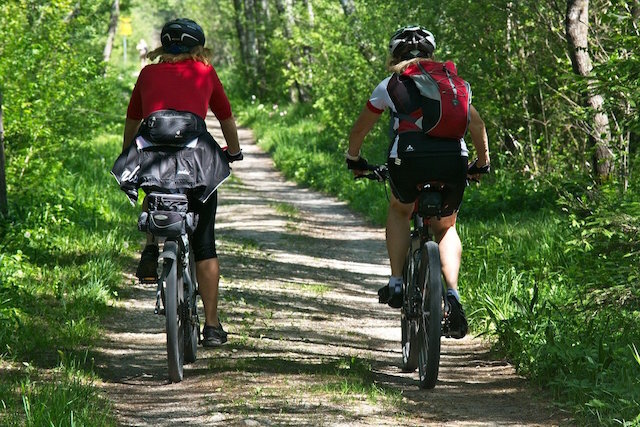Aerial view of Kauai - Hawaii
As someone who has lived in Hawaii, and who currently lives part-time in Puerto Rico, I have been asked countless times if Hawaii or Puerto Rico is better. This article breakdowns Hawaii vs Puerto Rico for vacationing.
Cost: Hawaii vs Puerto Rico
Daily costs, according to Lonely Planet:
Hawaii: $100 - $250/day
Puerto Rico:$120 - $250/day
According to the travel website Budget Your Trip:
Hawaii: $269/day
Puerto Rico: $174/day
Overall, Puerto Rico is a little less costly than Hawaii, but Puerto Rico is by no means cheap.
Beaches
North Shore of Oahu - Hawaii
In 2017, The FlightNetwork crafted The World’s 50 Best Beaches list by conferring with over 1,200 travel journalists, editors, bloggers, and agencies.
Hawaii: 3 beaches ranked in top 50 for World’s best beaches and 15 in North America’s top 50 beaches
Puerto Rico: Zero (0) beaches ranked in the top 50 on any best beaches lists.
Flamenco beach on the Caribbean island of Culebra (Puerto Rico)
Hawaii has more idyllic beaches but Puerto Rico has warmer water.
Hawaii: 76 to 81°F (24 to 27°C)
Puerto Rico: 79 to 84°F (26 to 29°C)
Beach Winner
Hawaii. Puerto Rico has a handful of epic beaches, however, Hawaii has dozens of beaches that are among the World’s best.
Food & Drink
Most of Latin America is known for bland food, with the exceptions of Mexico, Perú, and Colombia. Puerto Rico’s most famous dish is mofongo de plátano which is mashed up fried plantain mixed with meat and condiments.
Of course, bland Puerto Rican food, such as arroz con salchichas y bistec ensebollado or yuca al ajillo is still tastier than Hawaii’s famous duo of Spam and taro. Hawaii’s most famous dish, poi, is basically a bowl of mashed potato paste.
Hawaii’s Spam musubi (Image Source: Flickr)
Puerto Rico’s most famous and only microbrewery is Ocean Labs. Hawaii has Waikiki Brewing Company, Honolulu Beerworks, Lanikai Beer Co, Aloha Beer Company, Maui Brewing Company, Kona Brewing Company, and Kauai Beer Company, just to highlight a handful.
Food Winner
Draw. Puerto Rico nor Hawaii is known for their cuisine.
“Locals had good reason to fear that mainland haoles might condescend to them for speaking their first language, pidgin (Hawaii Creole English) and for enjoying Local Food, including the highly regarded Local treat, SPAM”
Wild horses roam the countryside on Vieques (8-miles east of Puerto Rican mainland)
Main Attractions
Hawaii has more total noteworthy attractions, however, they are spread out over 4 main islands. Puerto Rico’s hot spots are spread out on the main island and the tiny islands of Vieques and Culebra.
Kaanapali beach sunset on Maui, Hawaii (Image Source: Flickr)
Kilauea Volcano in Hawaii Volcanoes National Park.
Attraction Winner
Hawaii.
It’s highly doubtful that Puerto Rico’s top attraction would even crack the top 50 for Hawaii.
Historical Sites
The greater San Juan Metro area (Puerto Rico), among all the state capitals, is the oldest European settlement within the United States and its territories. Founded in 1509 by the Spaniard Don Juan Ponce de Leon, it was the second European settlement in all of the Americas and the first port of any vessel crossing the Atlantic.
La Fortaleza (Puerto Rico)
Old San Juan, is a Spanish colonial history mixed with present-day Puerto Rican life. This entire area is a UNESCO World Heritage Site, with hundreds of restored 16th and 17th-century Spanish colonial buildings.
The oldest street in the U.S. is Elfreth's Alley in Philadelphia, dating back to 1703. However, the streets of Old San Juan also date back to the early 18th century as the ballasts of the Spanish conquistador ships were filled with cobblestones of adoquines, a blue stone cast from furnace slag and were used as road pavers.
Historic streets in Old San Juan - Puerto Rico
Historical Sites: Hawaii
The Pearl Harbor National Memorial is maybe the most famous historical site in Hawaii, however, is also the most overrated and touristy IMO (about 1.5 million annual visitors).
O'ahu - Honolulu - Pearl Harbor: USS Arizona Memorial (Image Source: Flickr)
Historical Winner
Puerto Rico.
The entire Old San Juan downtown core has evolved from its 16th century origins, yet there is no place in the United States with this much antiquity of civilization.
Old San Juan - Puerto Rico (Image Source)
Snorkeling
Lonely Planet ranks Hanauma Bay in Hawaii as the 3rd best snorkeling beach in the World, only behind Lady Elliot Island of Australia’s Great Barrier Reef and Fernando de Noronha in Brazil.
Hanauma Bay, Ohau, Hawaii
The best snorkel spot in Puerto Rico is Culebra, a small island 17-miles from the mainland. Culebra is also home to the most famous beach in Puerto Rico, Flamenco Beach.
Coral Reefs Around Puerto Rico
Image Source: Larsen, Matthew C., and Richard M. T. Webb. “Potential Effects of Runoff, Fluvial Sediment, and Nutrient Discharges on the Coral Reefs of Puerto Rico.” Journal of Coastal Research, vol. 251, Jan. 2009, pp. 189–208.
Vieques, another island off the coast of Puerto Rico mainland offers amazing snorkeling and is home to the Vieques National Wildlife Refuge.
All the Hawaiian islands have great snorkeling, however, the Big Island is generally considered to be the best overall.
The state of Hawaii (Main Hawaiian Islands) is bequeathed with over 410,000 acres of coral reefs
Snorkeling Winner
Hawaii. Not even a contest.
Kahaluʻu Bay — on the Big Island of Hawaiʻi (Image Source)
Surfing
North Shore Oahu (Hawaii)
Puerto Rico’s Rincón is widely considered one of the top surfing destinations in the world. However, Oahu’s Pipeline, Maui’s Honolua Bay, Jaws, Backdoor, 7-miles of the North Shore, and beginner-friendly Hanalei Bay in Hawaii are all World renown for a reason.
In 2018 Punta Borinquen was named the Caribbean's first World Surfing Reserve, which is a 5-mile stretch of coastline from Crash Boat to Surfer's Beach in Aguadilla, Puerto Rico.
Rincón, Puerto Rico
Rincón, located on the northwest corner of Puerto Rico, where the Atlantic Ocean meets the Caribbean Sea is a 7.5 mile (12km) stretch of coral reefs and sandy shores.
Surfing Winner
Hawaii…Obviously.
O‘ahu, also home to the state capital in Hawaii
Hiking
Kalalau Trail - The island of Kauai of Hawaii
Hawaii is truly a hikers paradise. Hawaiian treks will take you to active volcanoes, lush valleys, cascading waterfalls, secret beaches, sea cliffs, and magical watering holes. Of all the amazing hikes in Hawaii, none is more famous than the Kalalau Trail.
The eleven-mile Kalalau Trail meanders along the Nā Pali Coast of Kauai and is considered a Top 100 Hike in the World and is home to some of the oldest archeological sites in Hawaii.
Hiking in El Yunque National Forest in Puerto Rico
The interior of Puerto Rico offers mountainous terrain and El Yunque National Forest.
Hiking Winner
Hawaii and a very clear winner.
Easier Flight
This depends on where on the Planet you are, but Hawaii is closer to Alaska than any part of the continental USA. Honolulu, the capital of Hawaii is 2,558 miles (4,117km) from Los Angles and 5,000 miles (8,046km) from New York City.
San Juan, the capital of Puerto Rico is only 1,606 miles from NYC and is in the same time zone half the year. Unless you live on the west coast, Puerto Rico is a faster and cheaper flight.
Star Gazing
The Mauna Kea Observatory on Hawaii’s Big Island is mostly snowcapped in the winter
Maunakea’s 13,796 foot (4,205m) summit is known as the Earth’s window into the universe. This is the tallest mountain in the world measured from the ocean floor to the peak and is surrounded by thousands of miles of open ocean with very little atmospheric turbulence.
Piercing above the general cloud layer, the dormant shield volcano Mauna Kea has mostly clear skies combined with dry air, and photometric conditions 70% of the time. The Maunakea Observatories is only a little over an hour’s drive from Hilo Hawaii.
Whale Watching
Whales & Hawaii
From mid-December to late April, the southwest coast of Maui is one of the top destinations in the world for watching humpbacks. The area of ocean that surrounds Maui has been designated as the Hawaiian Islands Humpback Whale National Marine Sanctuary.
Puerto Rico & Whales
Between December and March, humpback whales pass through the Mona Passage and the waters around Vieques and Culebra. The Mona Passage is the Caribbean's best spot for seeing whales and one of the World’s main migration areas for humpbacks in the underwater canyon between Puerto Rico and the Dominican Republic.
You can also site whales from the lighthouse in Rincón, as the humpback are spotted less than 700 feet offshore.
Google Maps of Mona Passage
More Touristy
About 10 million visitors a year come to Hawaii whereas Puerto Rico gets about 3.5 million tourists. Oahu, the most visited of all the Hawaiian islands attracts nearly 5 million annual visitors. For perspective, the main island of Puerto Rico is 6 times larger than Oahu with 1/3 fewer tourists.
Of the 4 main Hawaiian islands, Kauai is considered the quietest as it gets the least amount of tourists. However, Kauai gets about 1.5 million tourists a year and this island is about 6.5 times smaller than Puerto Rico. Also, Kauai only has one main highway on the island that is shaped like a horseshoe (lots of traffic and road congestion).
Touristy Winner
Puerto Rico is significantly less touristy than Hawaii, especially compared to the islands of Oahu, Maui, and Kauai.
A beach on the Puerto Rican island of Vieques
Weather
Hawaii has a mild tropical climate with two seasons, summer and winter. The capital city of Honolulu ranges from 68°F to 87°F (20°C to 30.5°C). Rainfall varies dramatically in Hawaii. For example, Mount Waialeale (Kauai,) one of the wettest spots on Earth, averages 450 inches (11,430 mm), whereas parts of the Big Island average under 10 inches a year.
Summer (dry season) - May through October. Hotter weather with regular trade winds.
Winter (rainy season) - November to April. Cooler temperatures and frequent rainstorms.
Puerto Rico Weather
Puerto Rico is hotter and more humid than Hawaii and classified as a tropical rainforest by the Köppen climate classification system. San Juan, the capital city, varies from 72°F to 90°F (22°C to 33°C).
Dry Season: December to March. Slightly cooler temperatures and less humid compared to the wet season.
Wet Season: April to November. 80% of the yearly rainfall occurs during these months. Wet season is hot, wet, and muggy.
Hurricane Season: June 1st to December. The Bermuda Triangle, which is bounded by Bermuda, Miami, and Puerto Rico, is also home to ‘hurricane alley.’
Best weather months: January to April. Mild and dry tropical climate.
(Image Source: Flickr)
Jesse is the Director of Pedal Chile and lives in La Patagonia and Puerto Rico. Jesse has a Master of Science in Health and Human Performance and a Bachelor of Science in Kinesiology. Hobbies: Mountain biking, bicycle commuting, reading, snowboarding, researching, and sampling yummy craft beers.
Sources & References
Larsen, Matthew C., and Richard M. T. Webb. “Potential Effects of Runoff, Fluvial Sediment, and Nutrient Discharges on the Coral Reefs of Puerto Rico.” Journal of Coastal Research, vol. 251, Jan. 2009, pp. 189–208, 10.2112/07-0920.1.
Laudan, Rachel. “Homegrown Cuisines or Naturalized Cuisines? The History of Food in Hawaii and Hawaii’s Place in Food History.” Food, Culture & Society, vol. 19, no. 3, 2 July 2016, pp. 437–459.




